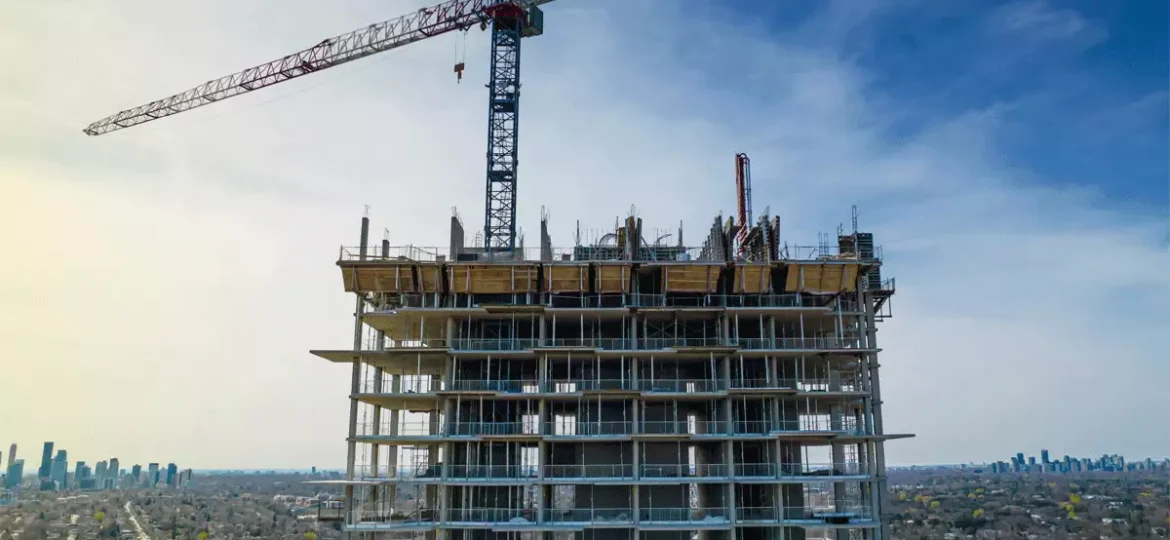
Insolvency, or the inability of a company to pay its debts, can have significant consequences for construction projects. When a contractor or developer becomes insolvent, it can lead to delays, cost overruns, and even project cancellations. In this article, we’ll explore the impact of insolvency on construction projects and what you need to know to protect your interests.
Insolvency occurs when a company is unable to pay its debts as they fall due. This can happen for a variety of reasons, including poor financial management, a downturn in the market, or unexpected expenses. Insolvency can affect any company, regardless of its size or industry, and construction companies are no exception.
The Impact of Insolvency on Construction Projects
When a contractor or developer becomes insolvent, it can have a ripple effect throughout the construction project. Subcontractors and suppliers may not receive payment for their work or materials, which can lead to their own financial difficulties. This can result in delays, as subcontractors and suppliers may be unable to continue working on the project.
Insolvency can also lead to project cancellations, as the developer or contractor may be unable to fulfill their obligations under the contract. This can be particularly problematic for homeowners who have already invested significant money in the project.
The Role of RERA
The Real Estate (Transaction of Business) Rules, 2017 (RERA) aims to protect the interests of homebuyers and promote transparency and accountability in the real estate industry. RERA applies to both residential and commercial real estate projects.
Under RERA, developers are required to register their projects with the RERA authority in their state. This registration includes providing details of the project, including the carpet area, number of apartments, and status of approvals. Developers are also required to provide quarterly updates on the progress of the project.
RERA also requires developers to deposit 70% of the amount collected from homebuyers in a separate account, which can only be used for construction and land costs. This ensures that developers do not divert funds intended for construction to other purposes.
How to Protect Your Interests
There are several steps you can take to protect your interests when dealing with a contractor or developer who becomes insolvent:
a. Review the Contract
Carefully review your contract to understand your rights and obligations. Check if the contract includes a clause that allows you to terminate the contract or seek compensation in the event of insolvency.
b. Communicate with the Contractor or Developer
If the contractor or developer becomes insolvent, communicate with them immediately to understand the situation and their plans for completing the project. You may also want to consider negotiating a new agreement or seeking alternative contractors to complete the work.
c. Seek Legal Advice
Consult with a lawyer who specializes in construction law to understand your legal options. They can help you navigate the process and ensure that your rights are protected.
d. File a Complaint with RERA
If the developer is registered with RERA, you can file a complaint with the RERA authority in your state. RERA provides a grievance redressal mechanism for homebuyers who have been affected by insolvency or other issues.
Conclusion
Insolvency can have a significant impact on construction projects, leading to delays, cost overruns, and project cancellations. It’s essential to understand your rights and obligations under the contract and seek legal advice if necessary. RERA provides a framework for protecting homebuyers’ interests, and filing a complaint with RERA can help you seek redressal for any issues you may face. By taking proactive steps, you can protect your interests and ensure that your construction project is completed successfully.

